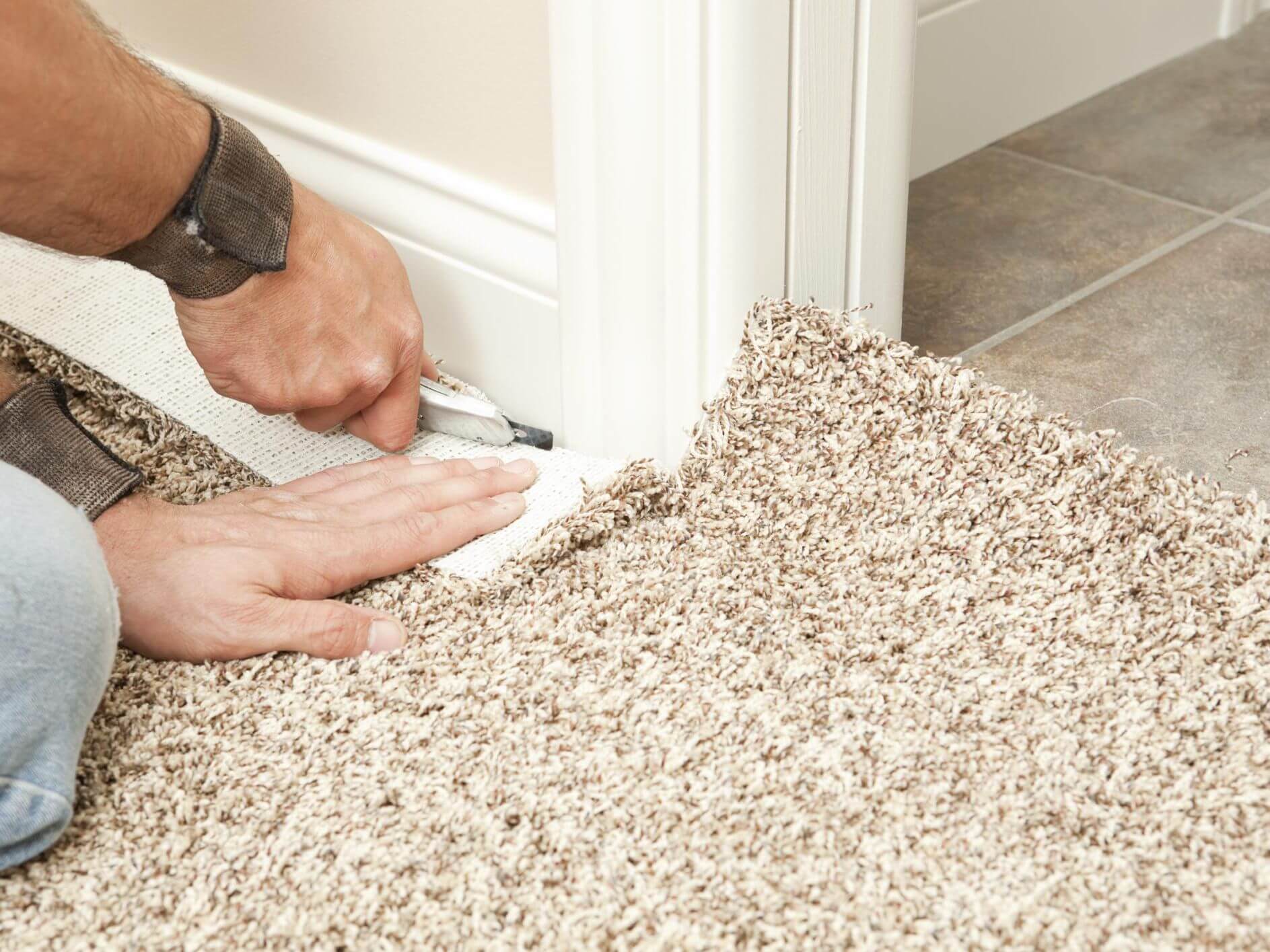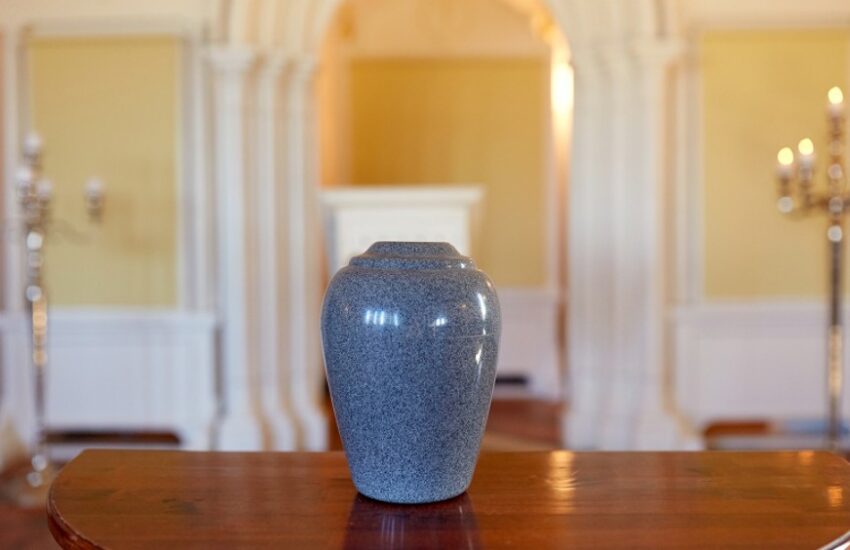Want to have something different for your place? Before you begin your carpet installation project, it’s essential to choose the right type of carpet material for your space. There are several different types of carpet materials available, each with its own set of advantages and disadvantages. Some common carpet materials include:
- Nylon: Nylon carpets are known for their durability and resilience, making them a popular choice for high-traffic areas.
- Polyester: Polyester carpets are known for their softness and stain resistance, making them a good choice for bedrooms and living rooms.
- Olefin: Olefin carpets are known for their resistance to water and stains, making them a good choice for basements and bathrooms.
- Wool: Wool carpets are known for their natural beauty and durability, making them a high-end choice for luxury homes.
When choosing a carpet material, consider the style and function of your space, as well as your budget and personal preferences.
How do I measure my space for carpet installation?
Measuring your space for carpet installation is an important step in the process. Here are some steps to follow:
- First, measure the length and width of your room in feet. Round up each measurement to the nearest foot.
- Next, multiply the length and width measurements to get the total square footage of your room.
- If your room has any alcoves or other unique features, measure them separately and add their square footage to the total.
- Finally, add 10{978aa50d9e0cc3a5a1efbe6119a8681addb87433a8f1193db888f468535ecad6} to your total square footage to account for waste and cutting.
Once you have your total square footage, you can use it to determine how much carpet you will need to purchase.
What are some tips for installing the carpet?
Installing a carpet can be a challenging task, but with the right tools and techniques, it can be done successfully. Here are some tips to keep in mind:
- Make sure you have all the necessary tools and materials before you begin, including a carpet knife, tack strips, carpet padding, and a power stretcher.
- Remove any old carpet and padding, and clean the floor thoroughly before beginning installation.
- Install tack strips around the perimeter of your room, leaving a 1/2 inch gap between the strip and the wall.
- Lay down the carpet padding, making sure to trim it to fit the shape of your room.
- Roll out the carpet, making sure to leave extra material at the edges to trim later.
- Use a power stretcher to stretch the carpet tightly across the room, and trim any excess material with a carpet knife.
- Use a knee kicker to attach the carpet to the tack strips along the edges of the room.
- Trim any excess material around the edges of the room using a carpet knife.
carpet installation is an important part of interior design, and it can be a challenging but rewarding project. By choosing the right carpet material, measuring your space carefully, and following the proper installation techniques, you can create a beautiful and functional space that will be enjoyed for years to come.





